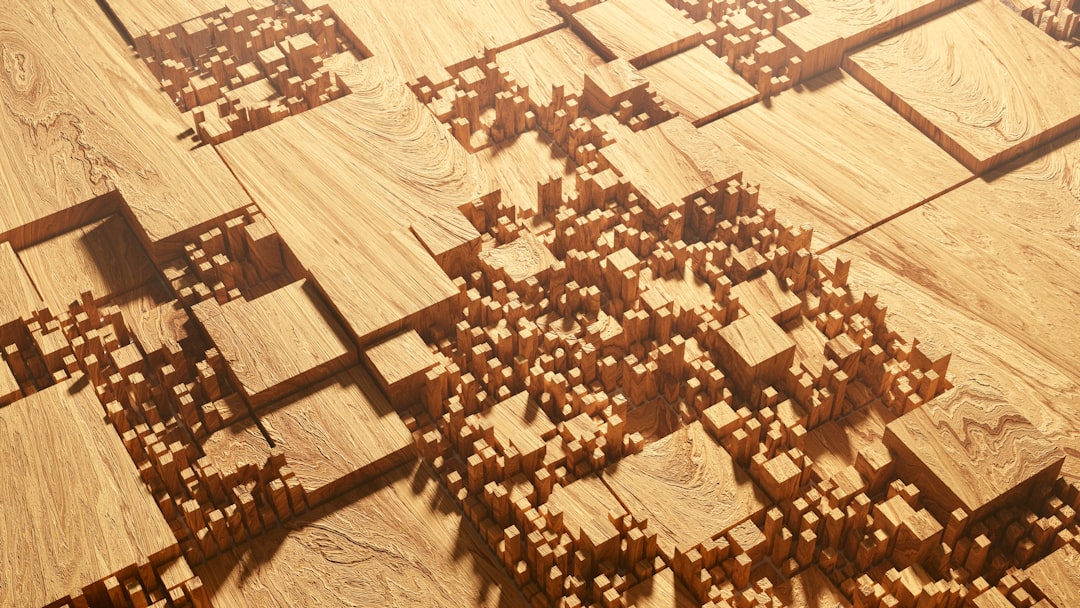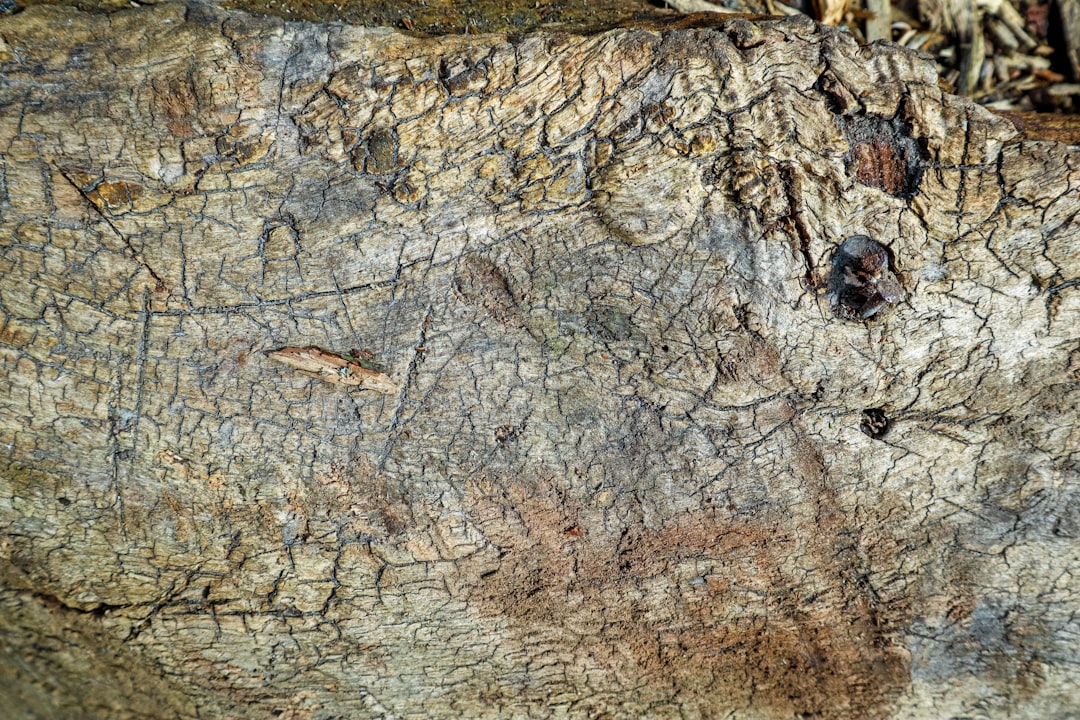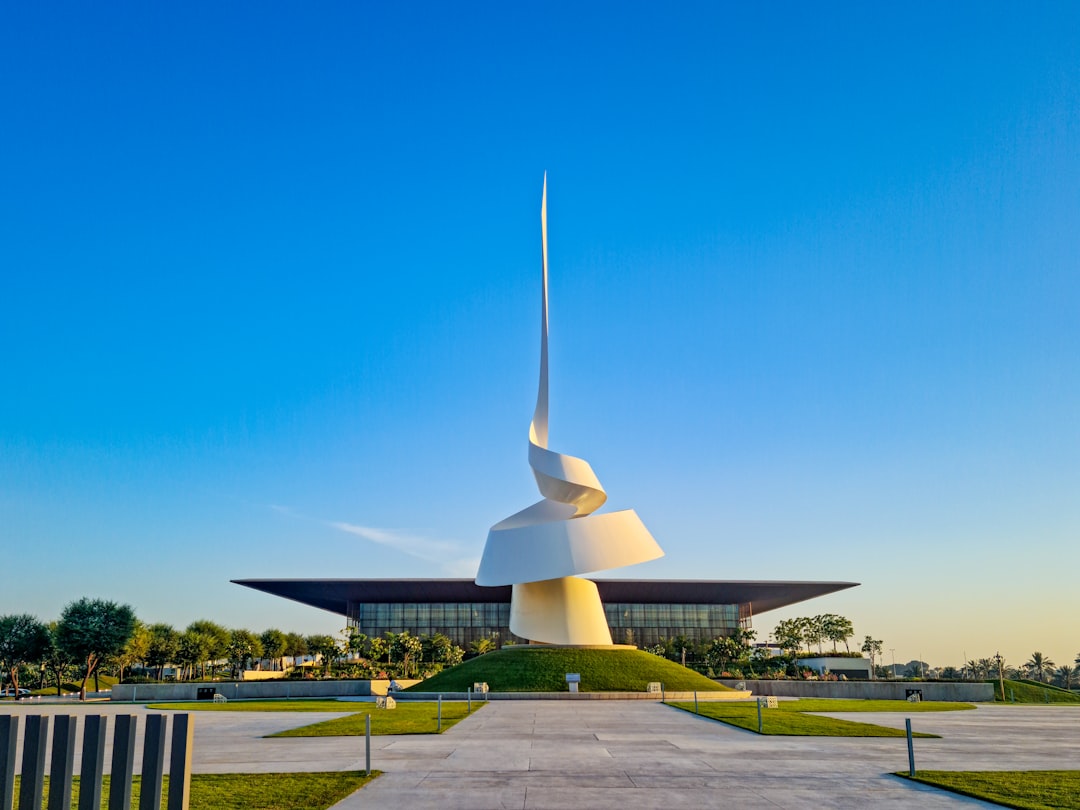**Io, Jupiter’s most volcanic moon, continues to intrigue scientists and astronomers alike with its vibrant geological activity.** With over 400 active volcanoes, Io is the most geologically active body in our solar system. This extraordinary natural satellite orbits Jupiter, and its proximity to the gas giant creates intense gravitational interactions that contribute significantly to its volcanic exuberance. In this exploration, we delve deep into what makes Io such a fascinating celestial body.
Io’s volcanic activity is not only prolific but also unique, stemming from what’s known as tidal heating. As Io orbits Jupiter in a slightly elliptical trajectory, it is pulled by the enormous gravitational forces of Jupiter and neighboring moons, Europa and Ganymede. This gravitational tug-of-war generates intense internal friction within Io, leading to a phenomenon where its core and mantle get heated, driving the molten material to the surface and causing volcanic eruptions.
These volcanic events on Io can eject plumes of sulfur and sulfur dioxide hundreds of kilometers into space. These plumes effectively create a thin atmosphere around Io, dominated largely by these volcanic gases. The spectacle of volcanoes such as Loki Patera, which is the largest and most powerful on Io, adds to the moon’s planetary allure and its scientific intrigue.
While Io’s blood-red and scorching yellow colors might appear foreboding, they have deeply fascinated researchers for decades. The surface of Io is marked by sweeping lava flows, towering volcanic calderas, and rich deposits of sulfur compounds. Its surface is covered in various forms of sulfur, giving it vibrant hues that mesmerize astrophotographers and astronomers.
The intense heat from Io’s interior doesn’t just manifest in volcanic activity; it also plays a crucial role in reshaping its surface continuously. This relentless alteration gives Io a remarkably young surface, ostensibly free from impact craters, as volcanic eruptions regularly refresh its face. It’s this dynamic nature that separates Io from many other celestial bodies within our solar system. Understanding these features offers scientists clues into the geological processes that may occur on exoplanetary bodies beyond our solar system.
Though Io’s atmosphere is delicate and tenuous, it’s an area of keen scientific inquiry. Recent studies show its atmosphere is primarily a mishmash of sulfur dioxide ejected from its volcanic activity, with plume-driven atmosphere dynamics altering its density and composition regularly. When Io narrows into Jupiter’s shadow, its atmosphere collapses, shedding gases to space until sunlight thaws out the frosty deposit, allowing the atmosphere to regenerate.
Io’s interaction with Jupiter’s magnetic field also offers a point of interest. The moon generates immense electrical currents due to its fast movement through Jupiter’s magnetosphere, resulting in spectacular light shows known as auroras. These auroras provide insights into the volcanic moon’s atmospheric behavior and its interaction with Jupiter’s magnetic streets.
**Io stands as a marvel of natural planetary mechanics**, providing an unparalleled window into the forces at play within and outside celestial orbits. Its constant reshaping and volcanic dynamism serve as a reminder of how lively and continually evolving the cosmos can be, spurring further exploration and understanding. Mission endeavors like NASA’s Juno spacecraft and future lunar probes promise to unravel more about this enigmatic moon, making Io not just an iconic fixture of our solar system but a beacon of scientific curiosity for generations to come.
Insight Report
Jupiter
















Leave a Reply